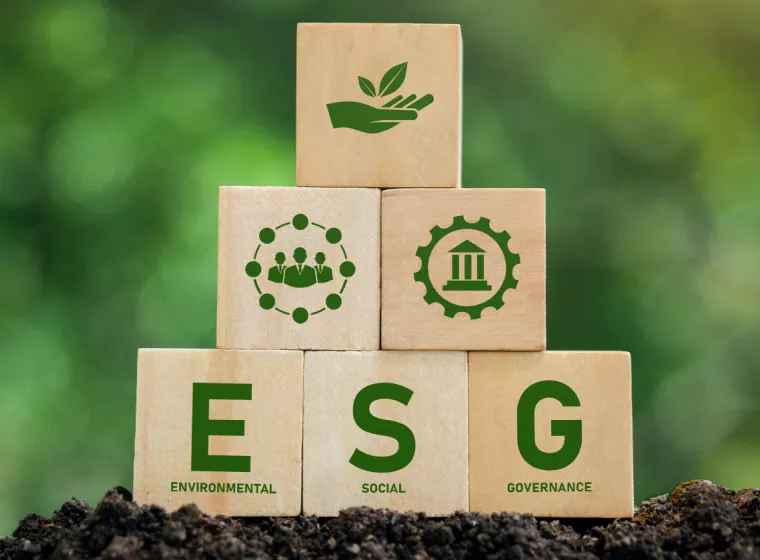How can you be certain that your laboratory sediment, soil, organism tissues, and water tests reflect actual chemical exposures at contaminated sites?
Understanding the bioavailability and bioaccumulation of chemicals in soils, sediments, organism tissues, and water is imperative for managing contaminated sites. Often, the absorption of chemicals from soils, sediments, or water is lower than the absorption in laboratory toxicity studies that form the basis of regulatory values. A site-specific evaluation of bioavailability can produce more realistic estimates of exposure and risk to help establish cleanup goals that are scientifically defensible and protective of human health and the environment.
Exponent designs studies and obtains data and other information that can be used to develop more accurate assessments of chemical bioavailability. Specifically, we have developed site-specific oral bioavailability values and bioavailability data for ecological risk for metals (antimony, arsenic, beryllium, copper, cadmium, chromium, lead, mercury, and vanadium) and organic compounds, including polycyclic aromatic hydrocarbons (PAHs), polychlorinated biphenyls (PCBs), per- and polyfluoroalkyl substances (PFAS), and dioxins and furans exposures.
services
For 50+ years, we’ve thrived on solving unstructured problems that require bespoke solutions. Some of our services include:
• Study design and data evaluation for bioavailability studies on contaminated sediments and soils
• Human health and ecological risk assessments that incorporate site-specific bioavailability data
• Demonstrate reduced bioavailability of PAHs in sediments at manufactured gas plants (MGPs) and other types of contaminated sediment sites
• Develop cleanup goals for metals and organic chemicals in sediments and soils using bioavailability data that are scientifically defensible and protective of human health and the environment
• Data collection and comparison
• Consultation for guidance with the U.S. Environmental Protection Agency, the U.S. Department of Defense, and state regulators
• Analyze data of bioavailability of soils, sediment, and waters -associated with inorganic and organic compounds such as metals, PAHs, PCBs, PFAS, pesticides, herbicides, and dioxins and furans
• Bioavailability data modeling and visual demonstrations
• Assessments of the fate, transport, and bioavailability of PFAS in various media, including land application of biosolids and other residual solids
• Support in litigation and arbitration cases involving contaminated sediments, soils, tissues, and waters
• Consultation for regulatory agency guidance on using passive samplers to characterize chemical bioavailability in sediments
Our Capabilities Are Unparalleled
With expertise in over 90 disciplines and hundreds of capabilities, tools, and methodologies — we get to the root of even the most complex challenges and give you the objective answers you need.

Environmental Permitting
Extensive support for compliance with local, state, and federal permitting requirements.
![[EBS] Ecological & Biological Sciences - Environmental Risk Assessment - grey heron grazing in fresh water](/sites/default/files/styles/cards_home_card/public/media/images/grey-heron-2022-01-04-23-54-37-utc%281%29_0.jpg.webp?itok=5EB0lXjA)
Environmental Risk Assessment
Risk assessments for legacy spills and contamination, potential project and product impacts, and environmental remediation support.

Sustainability
Meet changing sustainability regulations with rigorous science and experienced consulting services.

Modeling & Analysis
Experienced environmental analysis and data modeling for a range of complex environmental challenges.

Natural Resource Damage Assessment
Multidisciplinary natural resource damage assessments (NRDAs) to support navigating complex interactions with federal, state, and tribal trustees.
Experts
Our global and comprehensive expertise across industries gives us a deep understanding of current challenges, best industry practices, and the implications of emerging technologies.


Practice Director and Principal Scientist

Practice Director and Principal Scientist

















